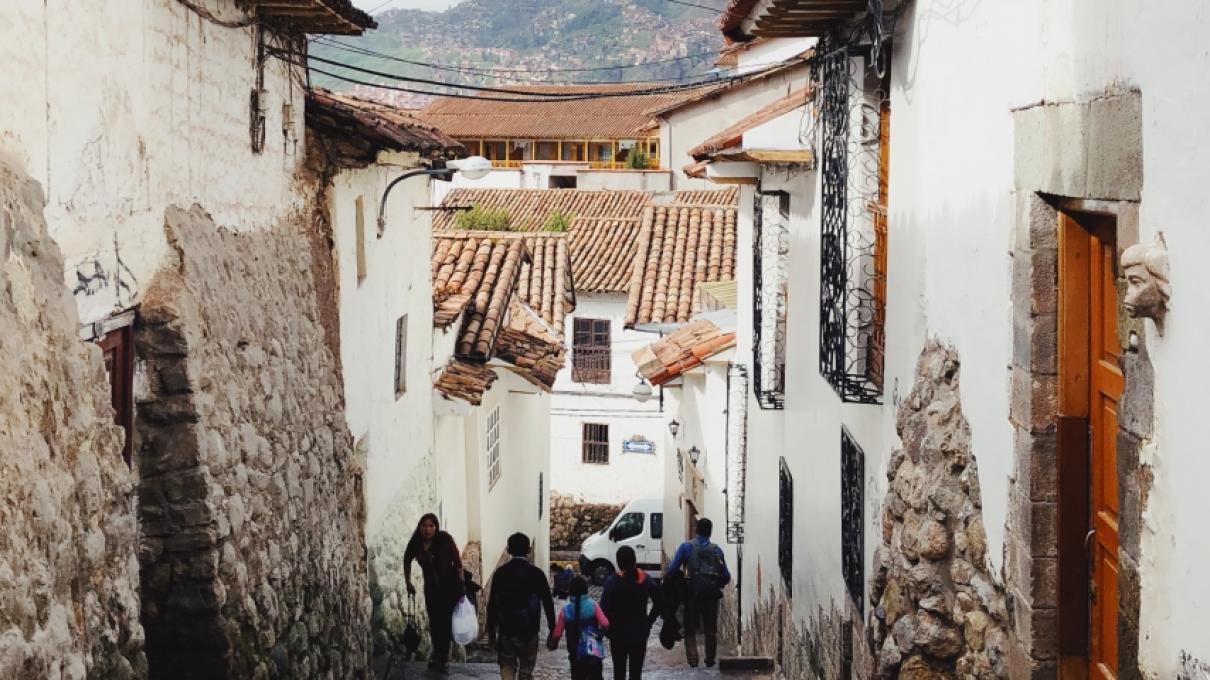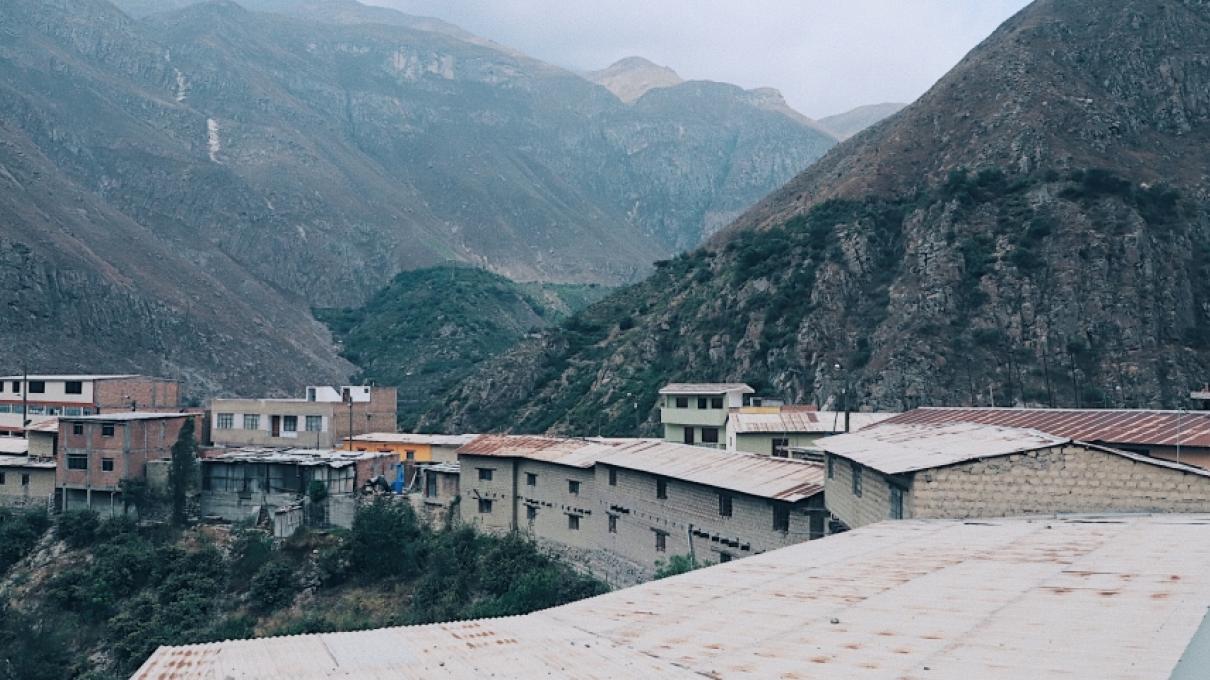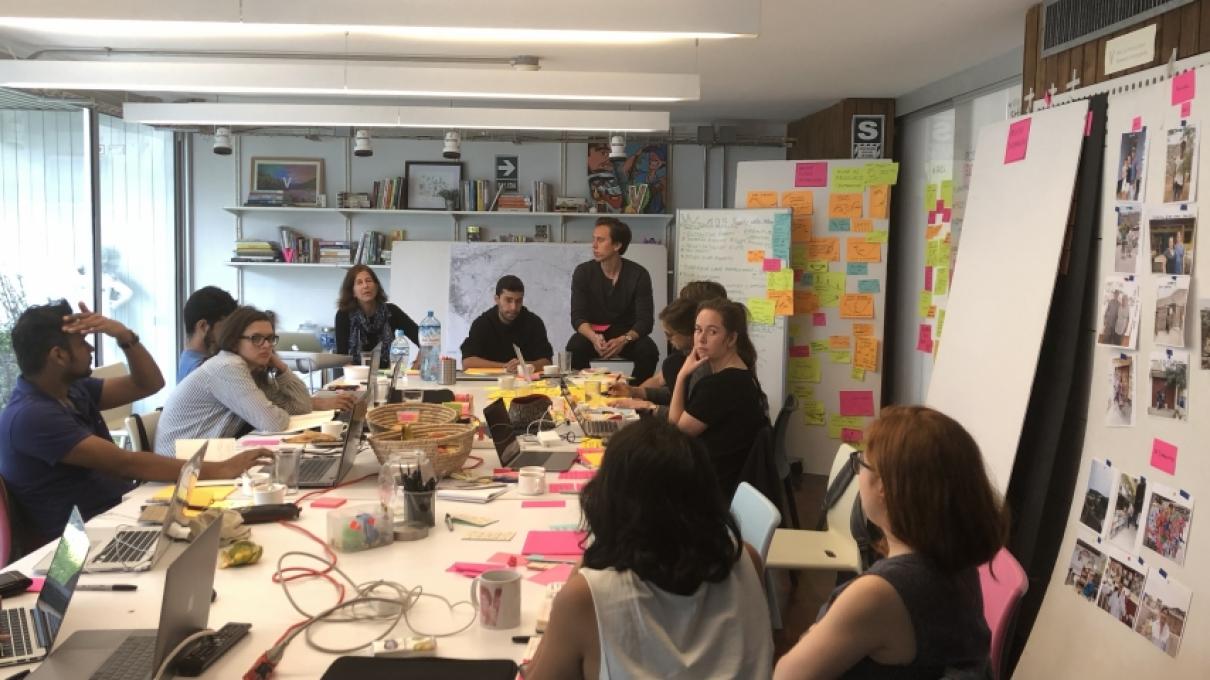High-Altitude Urbanism in the Lurin Valley of Peru



Sheila Kennedy
This three week workshop with La Victoria Lab explored an emergent cross-altitude urbanism along a 70 kilometer transect of the Rio Lurin valley from Lima to the Andes. It combined an understanding of existing physical and digital infrastructures on the geological scale of the Rio Lurin with specific material responses. Less like technology “solutions” and more like “hacks,” the proposed designs amplify what people are already doing. This workshop proposes scalable and adaptable designs that are disruptive, ‘dirtier’ and more compromised than mainstream top-down practices and policies, while opening up a conversation on possible new futures.
The XXI c. Tambo Hack provides shade, steps to the river, a wi-fi hot spot and containers for recyclable plastics that currently clog the river. The Tambo, a traditional Peruvian resting spot, activates the riverfront as a new public space, providing connectivity in exchange for recyclable materials. Privately or publicly operated, a network of Tambos links communities to the river and creates a first step in the development of a public floodplain zone.
The River Gauge Hack is a network of primitive remote sensors that take stock of the changing seasonal dynamics of the Lurin river. The network is self-powered – it harvests energy from moving water and enables distributed valley communities to partner with the river and access information on water levels and contaminants.
The Room Hack operates at domestic and public scales. It leverages the temperate climate and the traditional, open-air, enclosed, domestic courtyard or community soccer field. Coupled with 3G connectivity, the “empty” space of house (or community) becomes a programmatically flexible void that can serve as an open-air restaurant, a venue for cultural events or a school.
The Water Truck Hack leverages the regular travel patterns of water trucks that operate along this arid territory to deliver potable water to Lurin Valley communities. The hack grafts different infrastructure to the truck itself, providing a local wi-fi and server hub to the houses it already services. The delivery of water is supplemented with the delivery of offline asynchronous internet service.
Collaborators: La Victoria Lab - Intercorp


